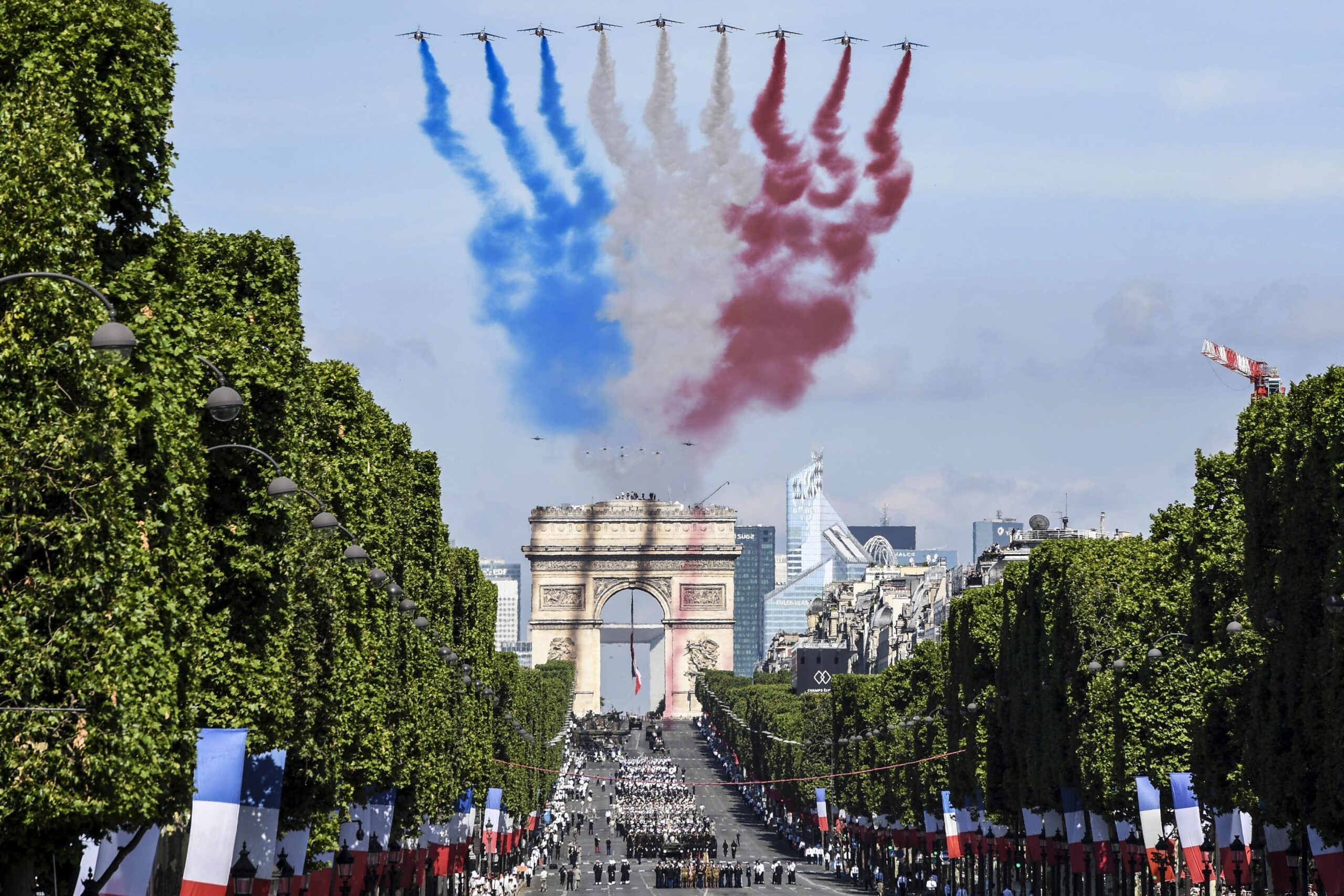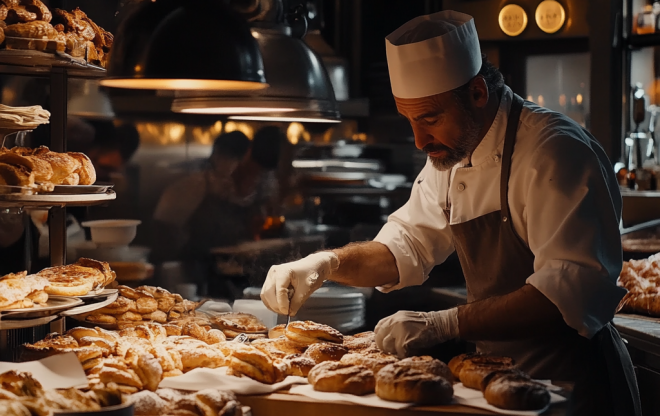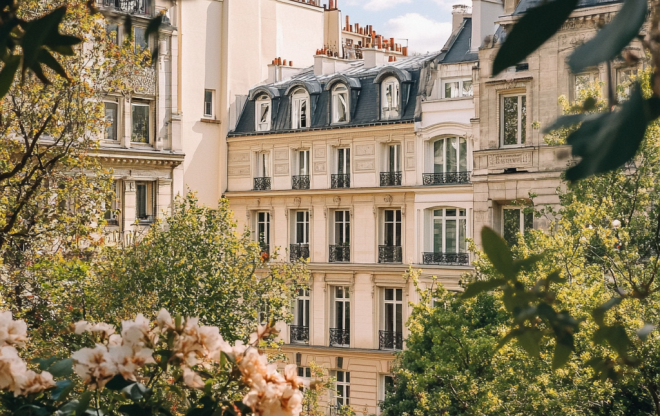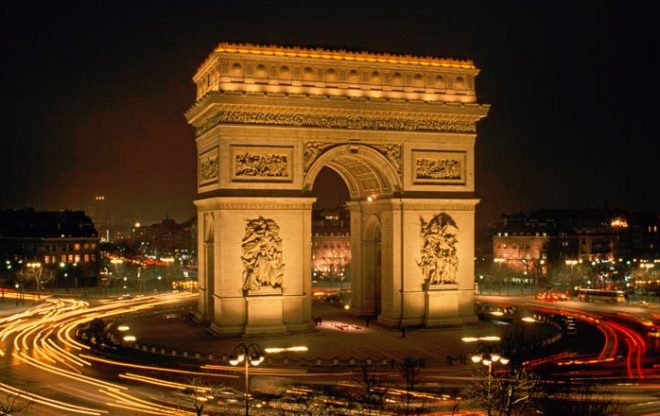Bastille Day 2025: Feeling “Liberté Toujours” with a Few Well-Chosen Words
On 14 July, France will once again roll out the tricolour carpets—literally, in the case of the Avenue des Champs-Élysées—as the nation commemorates the storming of the Bastille and the birth of modern citizenship. The 2025 edition carries the motto “Liberté Toujours,” which links revolutionary ideals to the post-Olympic optimism still humming through Paris. Visitors willing to weave even elementary French into the day’s rhythm will discover that the fête is not merely watched but shared.
The morning parade is the hinge on which the whole celebration swings. Long before the first drumbeat echoes off the Arc de Triomphe, families stake pavement spots with folding stools and bakery bags. If you lean over and ask, “Vous venez chaque année ?” chances are a stranger will explain which regiment they once served in or why they cheer loudest for the parachute brigade. Jets streak overhead at 10 a.m., their exhaust plumes braiding blue, white, and red across a sky that seems to hold its breath. Official commentators boom statistics through loudspeakers, but the real soundtrack is the running translation your neighbors provide when you venture, “Quel escadron est celui-ci ?”
By noon, the boulevards reopen and crowds fan into museums—many waive entry fees for the national holiday. Les Invalides, its golden dome flashing like a polished drum major’s button, mounts pop-up exhibits on liberation routes to mark the eightieth anniversary of D-Day. Reading wall texts is useful; reading a veteran’s expression when you say, “Merci pour vos explications,” teaches more about history than any caption.
Nightfall does not quiet the city; it shifts the celebration’s pitch from martial to musical. Fire stations across France shove their red trucks onto side streets and transform garages into bals des pompiers. Paper garlands dangle inside ladder racks, and off-duty firefighters swap helmets for DJ turntables. An awkward “La soirée est ouverte à tout le monde?” is enough to be ushered toward the dance floor—your entrance fee usually goes to charity. Outside, the Champ-de-Mars fills like a slow tide with picnics and portable radios until, at 11 p.m., the Eiffel Tower erupts in half an hour of choreographed light and sound. Guides recommend arriving early; seasoned locals recommend learning three adjectives—éblouissant, retentissant, scintillant—so you can describe the finale without reaching for English.
Key Terms to Keep Handy
| French | English | Where You’ll Hear It |
| feu d’artifice | fireworks | Evening Eiffel display |
| bal des pompiers | firemen’s ball | Neighborhood stations, 13 July |
| prise de la Bastille | storming of the Bastille | Historical references |
| Liberté, Égalité, Fraternité | national motto | Everywhere on 14 July |
Beyond Paris, regional riffs on freedom play out. In Aix-en-Provence, children carry hand-painted lanterns along Cours Mirabeau; ask one parent why their son chose a Marianne silhouette, and you hear a short seminar on civic symbols. Breton towns like Quimper host Celtic fest-noz dances where the first Breton word, “Demat !”, earns you a place in the circle. Strasbourg stages twin fireworks over the Rhine; a polite request for “un pinot gris” often results in an off-menu tasting that meanders into conversation about Franco-German friendship.
Set yourself a mini-mission: begin at dawn with a greeting to the person beside you, trade a comment with a museum guard, thank the firefighters who refill your plastic cup, and end by recording a voice memo in French about the colors reflected on the Seine after midnight. None of these exchanges requires perfect grammar; all require presence and a willingness to meet the day on its linguistic terms.
When the last rocket fades and metro carriages clatter home past 1 a.m., you will carry more than photographs. However, you’ll have briefly felt what liberté toujours means: the freedom to step into another language and tradition and find yourself welcomed as soon as you try.




